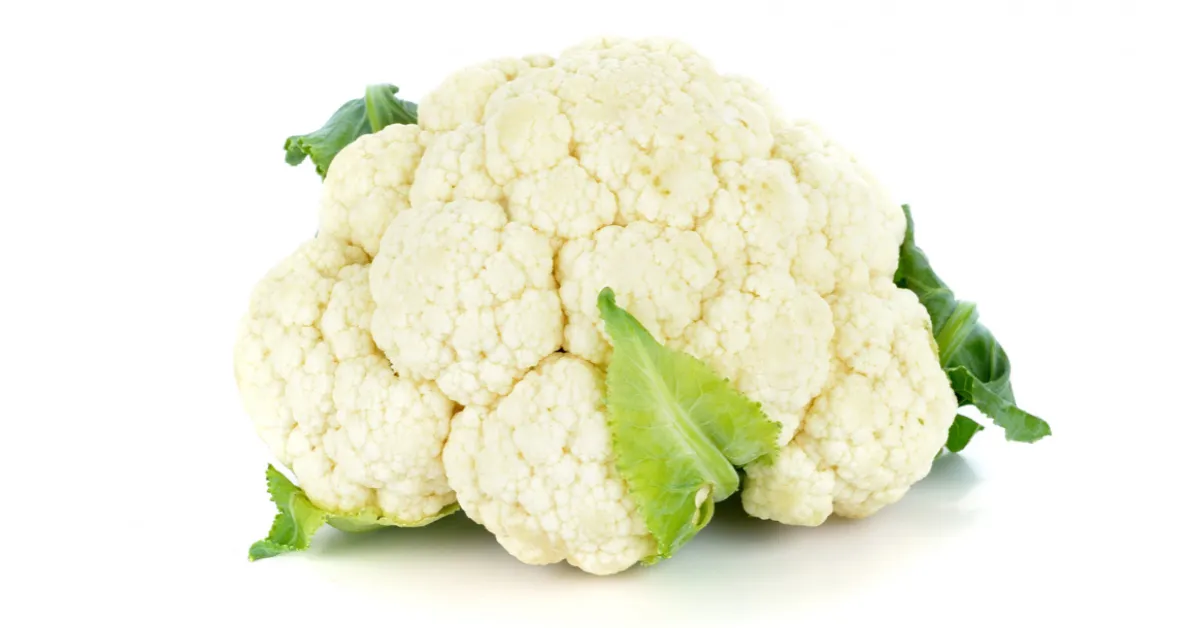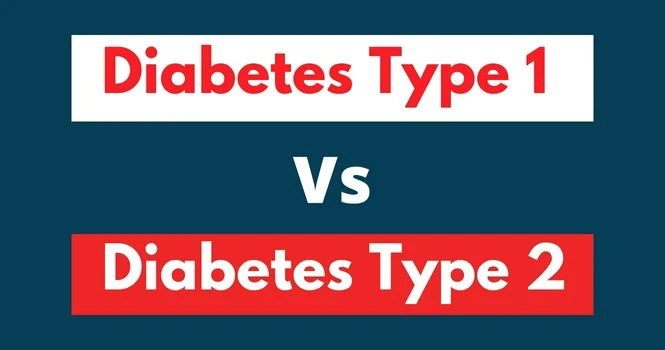Cauliflower has become increasingly popular in recent years, not just for its versatility in the kitchen but also for its nutritional benefits.
One aspect of cauliflower that’s particularly relevant for individuals managing their blood sugar levels or following a low-carbohydrate diet is its glycemic index (GI).
The glycemic index is a scale that ranks carbohydrates on a scale from 0 to 100 based on how quickly and how much they raise blood sugar levels after eating. Foods with a high GI are digested and absorbed quickly, leading to rapid spikes in blood sugar and insulin levels. Conversely, low-GI foods are absorbed more slowly, causing a gradual rise in blood sugar and insulin levels.
Cauliflower is considered a low-GI food, with a GI score generally less than 15.
This low score can be attributed to its high fiber content and low carbohydrate content, which help to slow down the digestion and absorption of sugar, preventing rapid spikes in blood glucose levels.
In addition to its low glycemic index, cauliflower is packed with essential nutrients, including vitamins C, K, and B6, and is a good source of fiber and antioxidants. Its low calorie and carbohydrate content, coupled with its high nutritional value, make cauliflower an excellent choice for those looking to maintain stable blood sugar levels, lose weight, or simply lead a healthier lifestyle.
Cauliflower’s versatility also means it can be used in various culinary applications, from being roasted or steamed as a side dish to being processed into “cauliflower rice” or used as a low-carb alternative to pizza crusts and mashed potatoes.
These alternatives are not only delicious but also beneficial for those looking to reduce their carbohydrate intake without sacrificing flavor.













